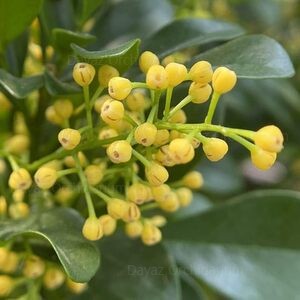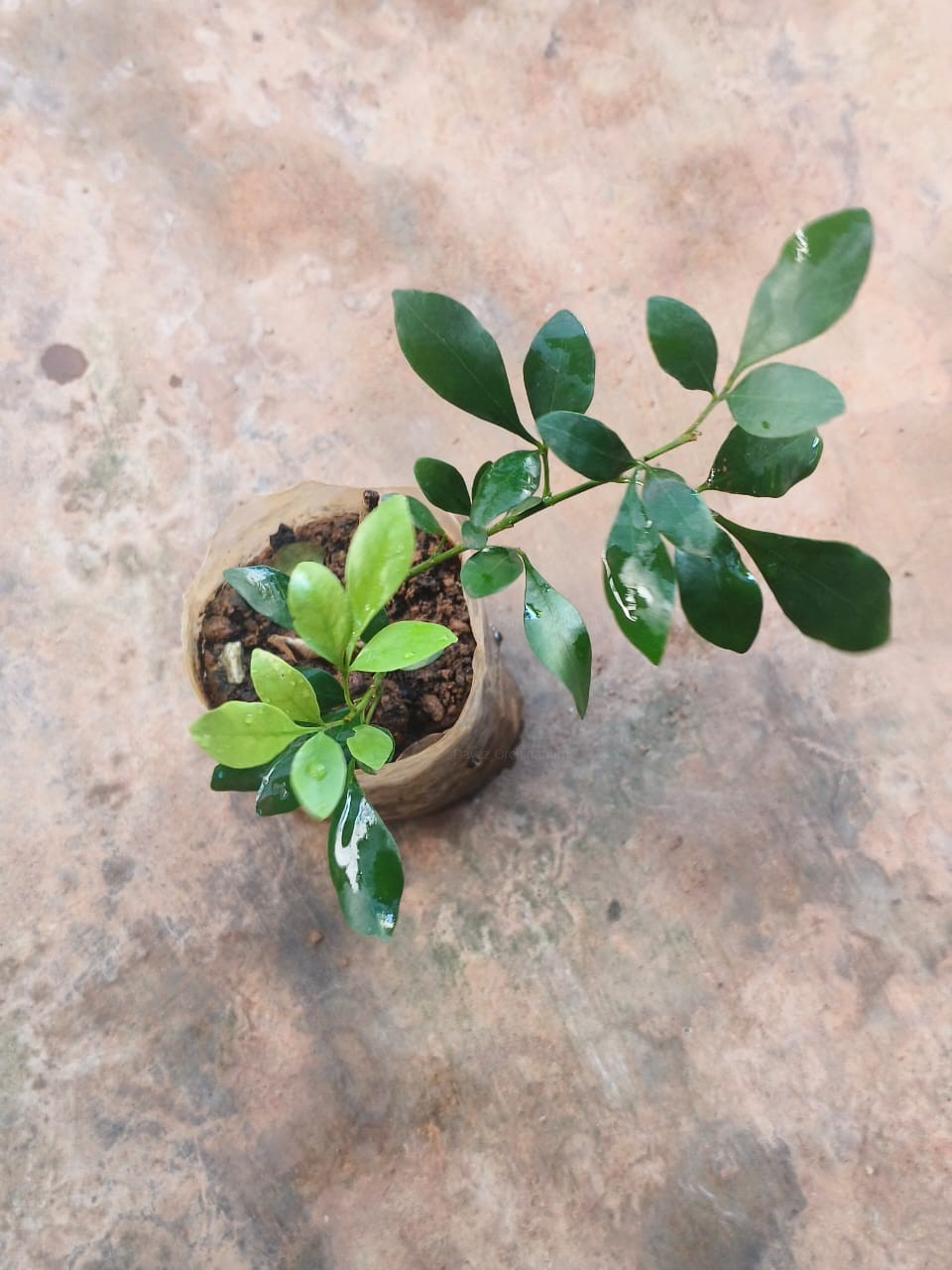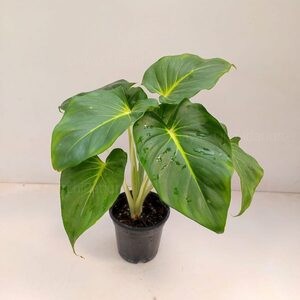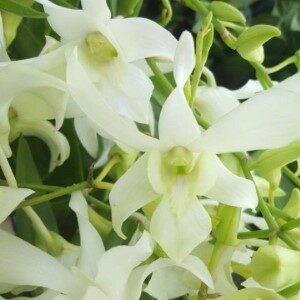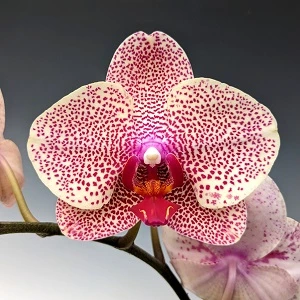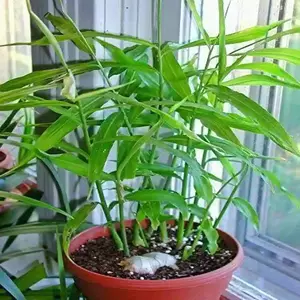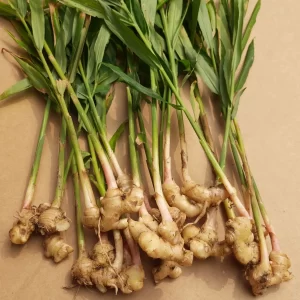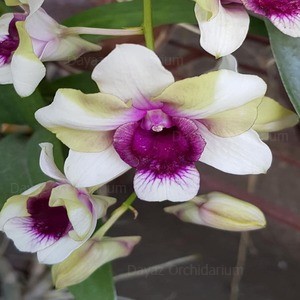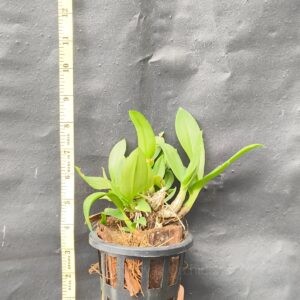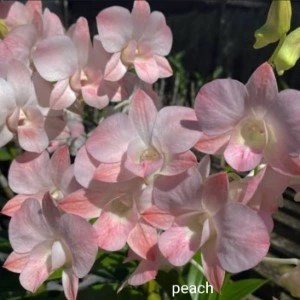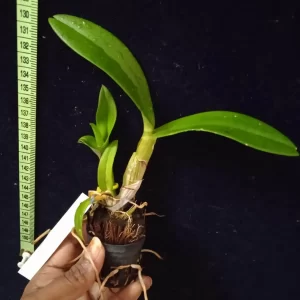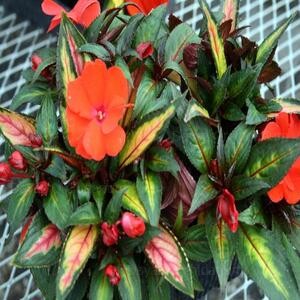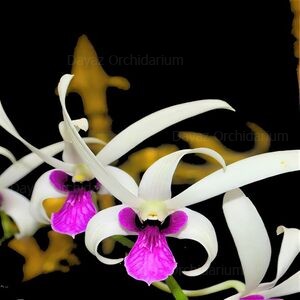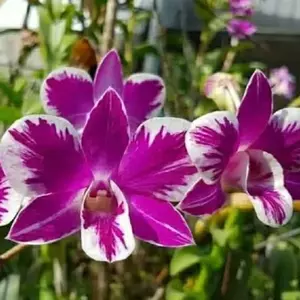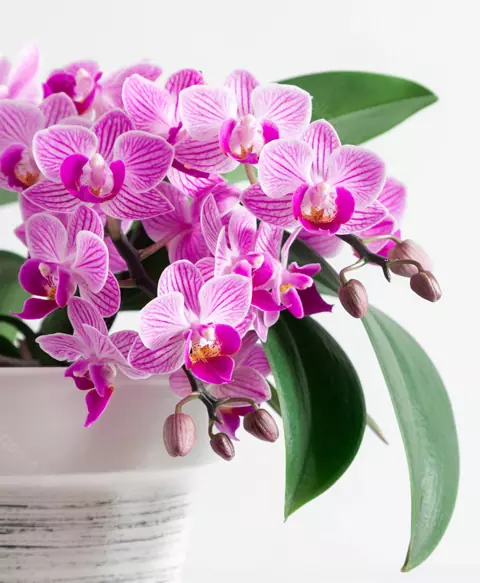The Chinese Perfume Plant (Aglaia odorata) is a small evergreen tree or shrub known for its fragrant, tiny yellow flowers. Native to Southeast Asia, it is often grown for ornamental purposes and its delightful scent, which is reminiscent of sweet lemon or jasmine. It’s popular as a houseplant or in gardens for its aromatic blooms and easy care.
Temperature
Warm Temperatures: Aglaia odorata prefers warm climates and does best in temperatures ranging from 18°C to 30°C (65°F to 86°F). It is not frost-tolerant, so protect it from cold drafts or low temperatures.
Indoor Growth: If you live in a region with cold winters, you can grow the Chinese perfume plant indoors or in a greenhouse.
Fertilizing
Balanced Fertilizer: During the growing season (spring and summer), feed the plant every 4-6 weeks with a balanced liquid fertilizer or a slow-release fertilizer to promote healthy growth and blooming.
Reduce in Winter: Fertilizing can be reduced during the cooler months when the plant’s growth slows down.
Pruning
Light Pruning: Lightly prune the plant to maintain its shape and encourage bushier growth. Pruning after flowering can help remove spent blooms and improve its overall appearance.
Pests and Diseases
Pest Resistance: The Chinese perfume plant is generally pest-resistant but may occasionally be affected by mealybugs, aphids, or spider mites. Insecticidal soap or neem oil can help control these pests.
Fungal Issues: Overwatering can lead to fungal diseases such as root rot, so ensure proper drainage.
Fragrance
Fragrant Flowers: The tiny, yellowish flowers emit a subtle, sweet fragrance, which is more pronounced in the morning and evening. The flowers are often used in perfumes or to scent rooms.
With proper care, the Chinese perfume plant will reward you with its aromatic blooms and lush, green foliage, making it a delightful addition to any garden or home.

